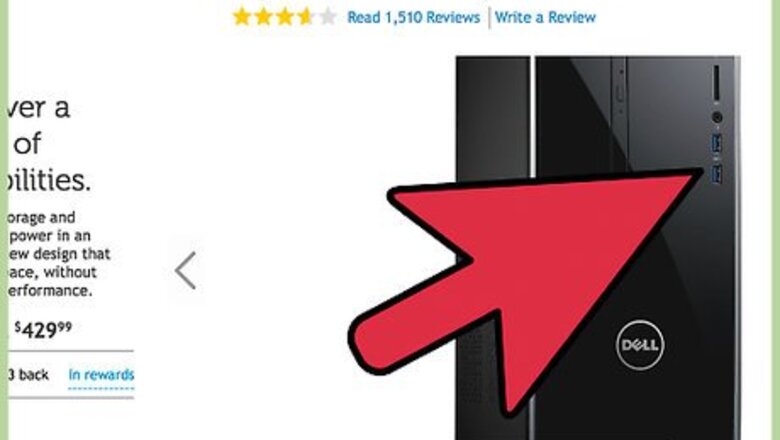
views
Using a Memory Stick on a PC
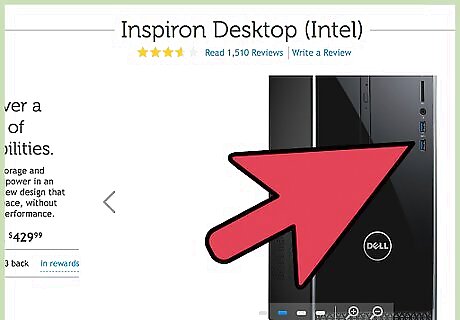
Locate your PC's USB port. USB ports are rectangular with a solid piece of plastic on the upper half of the slot and an empty space on the bottom. The port should have a graphic of three branching arrows pointing upward (or downward, depending on your PC) next to it. If you're using a desktop, your USB ports are most likely integrated into the CPU, while laptop USB ports are usually on the left or right edges of the casing.
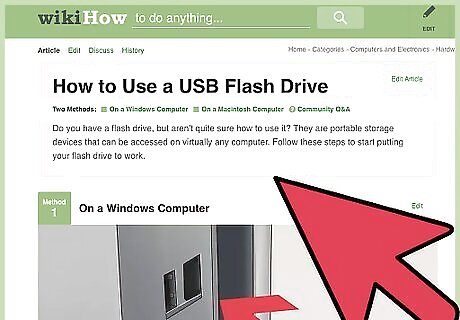
Plug your memory stick into the USB port. Make sure the solid piece on the inside of the memory stick's port is on the bottom when you plug it in.
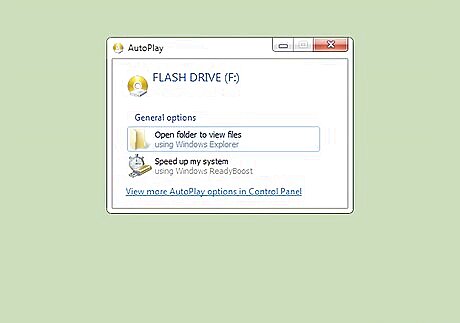
Wait for the memory stick's interface to appear. This may take a few minutes if this is your first time installing this memory stick on your PC. If the memory stick doesn't automatically open, double-click "My Computer" and find your memory stick's name under the "Devices and drives" section. Double-click its name to open the memory stick window.
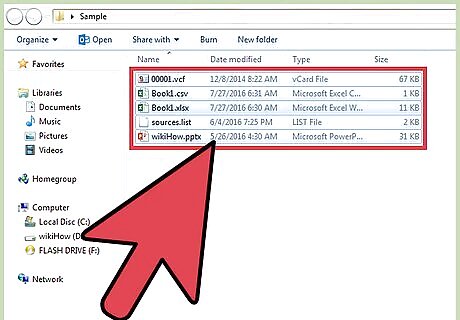
Select the files you would like to add to the memory stick. If your files are all in the same place, simply click and drag your cursor across your files until you've highlighted all of them. To search for a file on your PC, open the Start menu and type the file's name into the search bar at the bottom of the menu. If you're using Cortana, the field should say "Ask me anything".

Hold down Ctrl and tap C to copy your files. If you don't want to save your files on your computer, just click-and-drag your selected files over to the memory stick window and drop them there. Some memory sticks will duplicate your files by default, leaving the original copies of the files on your computer.
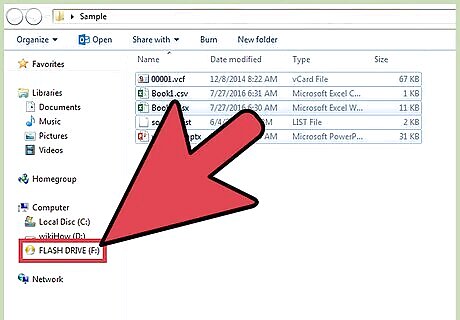
Click the memory stick window. This will select the memory stick as the destination for your files.
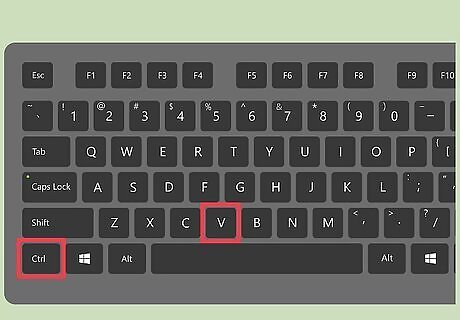
Hold down Ctrl and tap V to paste your files. This will add them to your memory stick.
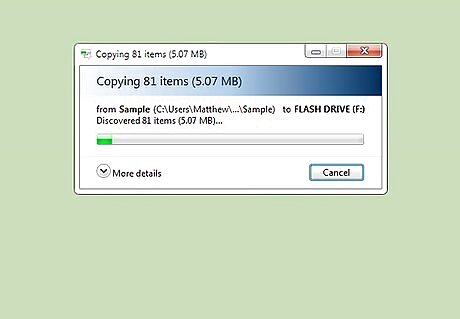
Wait for your files to finish transferring. Depending on the size of your files, adding them to the memory stick can take anywhere from a couple of seconds to hours.
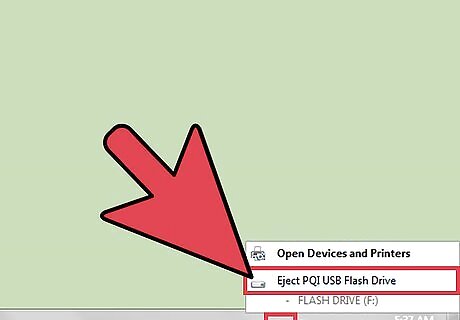
Find the memory stick icon in the lower right-hand corner toolbar. This toolbar is in the same area as the clock. The icon resembles the outline of a memory stick with a check mark next to it, and it should produce the phrase "Safely Remove Hardware and Eject Media" when you hover over it with your cursor. You may have to click the upward-facing arrow in the far left side of this toolbar in order to see the flash drive icon.
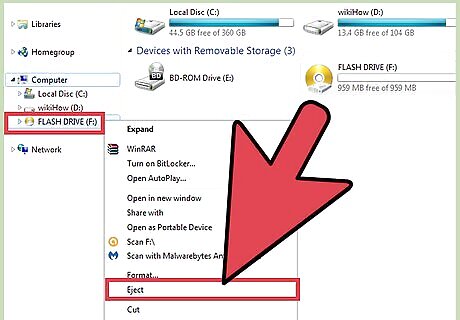
Click the memory stick icon to eject your memory stick. Ejecting your memory stick before physically removing it from your computer is important, because failing to do so can corrupt files both on your computer and on the memory stick. You can also right-click the memory stick's name in the "My Computer" directory and select "Eject [Memory Stick Name]".
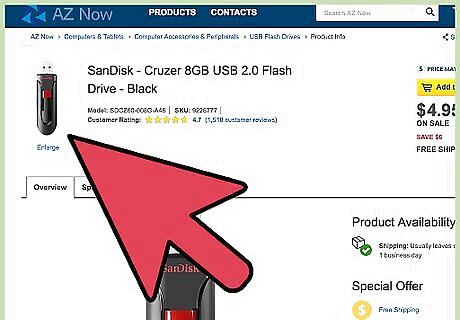
Remove your memory stick from your computer. Do this gently, or you might damage your memory stick. You have successfully added files to your memory stick!
Using a Memory Stick on a Mac
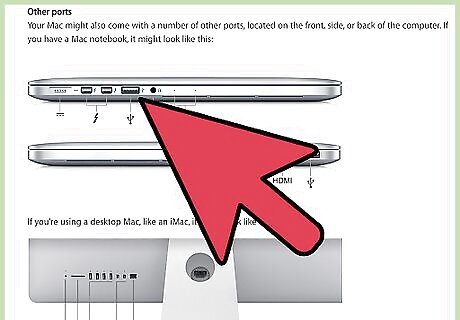
Locate your Mac's USB port. USB ports are rectangular with a solid piece of plastic on the upper half of the slot and an empty space on the bottom. The slot should have a graphic of three branching arrows pointing upward next to it. If you're using a desktop, your Mac's USB ports are probably integrated into the display casing, while Mac laptops have USB ports on the left or right side of the keyboard casing.
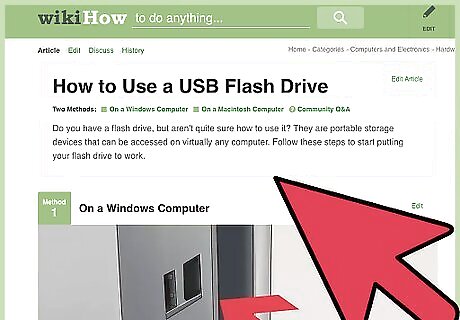
Plug your memory stick into the USB port. Make sure the solid piece on the inside of the memory stick's port is on the bottom when you plug it in.
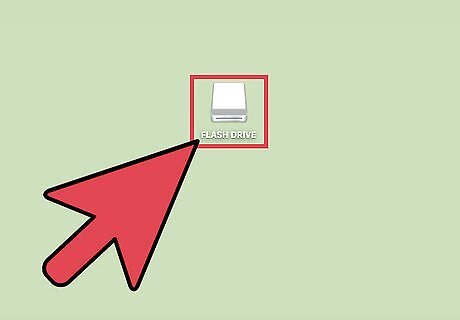
Wait for the memory stick's icon to appear on your desktop. This may take a few minutes if this is your first time installing this memory stick on your Mac. If your memory stick's icon doesn't show up, open your Finder and look for the memory stick's name in the left-hand side of the window. It should be under the "Devices" tab.
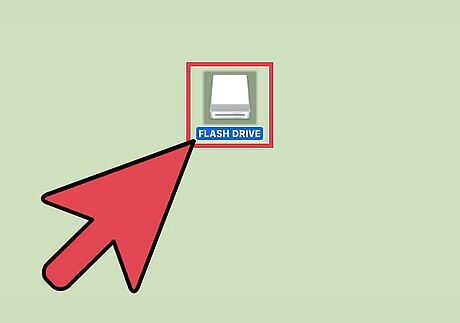
Double-click the memory stick's icon. This will open the memory stick's interface, to which you can add files the same way you would add files to another folder.
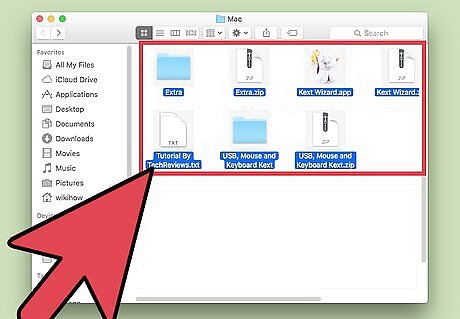
Select the files you want to add to the memory stick. If your files are all in the same place, simply click and drag your cursor across your files until you've highlighted all of them. To find a file manually, open the Finder and type the file's name into the search bar in the right-hand corner of the window. You can open the Finder by clicking the word "Finder" in the upper left-hand corner of your screen, or you can click the blue face icon in your dock.
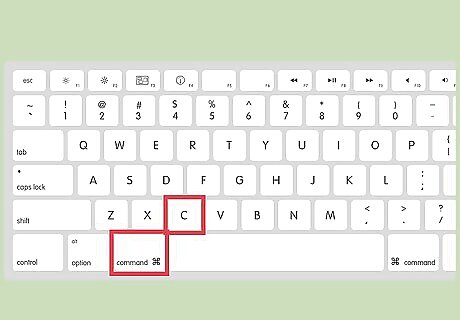
Hold down ⌘ Command and tap C to copy your files. If you don't want to save your files on your computer, just click-and-drag your selected files over to the memory stick window and drop them there. Some memory sticks will duplicate your files by default, leaving the original copies of the files on your computer.
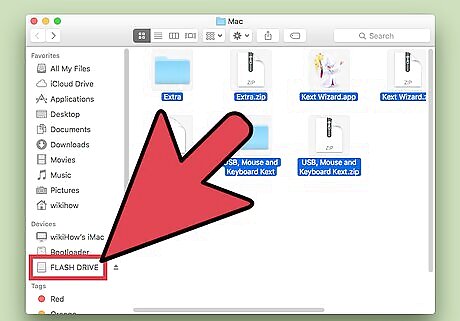
Click the memory stick window. This will select the memory stick as the destination for your files.
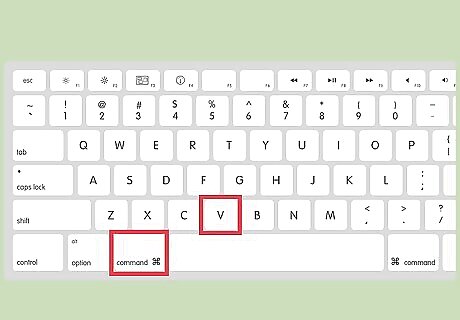
Hold down ⌘ Command and tap V to paste your files. This will add them to your memory stick.
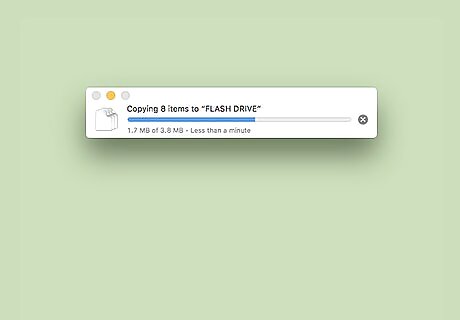
Wait for your files to finish transferring. Depending on the size of your files, adding them to the memory stick can take anywhere from a couple of seconds to hours.
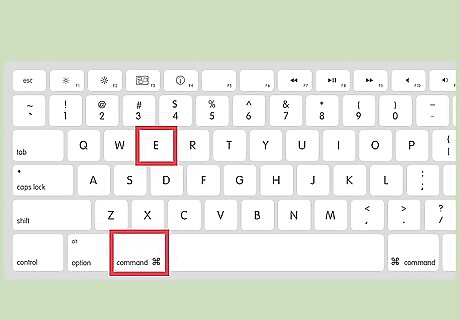
Hold down ⌘ Command and tap E to eject your memory stick. Ejecting your memory stick before physically removing it from your computer is important, because failing to do so can corrupt files both on your computer and on the memory stick. You can also two-finger click the memory stick's name in the Finder or on your desktop and select "Eject [Memory Stick Name]".
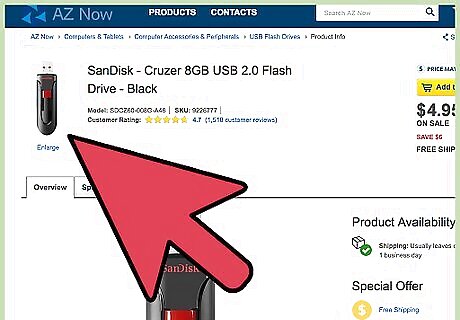
Remove your memory stick from your computer. Do this gently, or you might damage your memory stick. You have successfully added files to your memory stick!




















Comments
0 comment